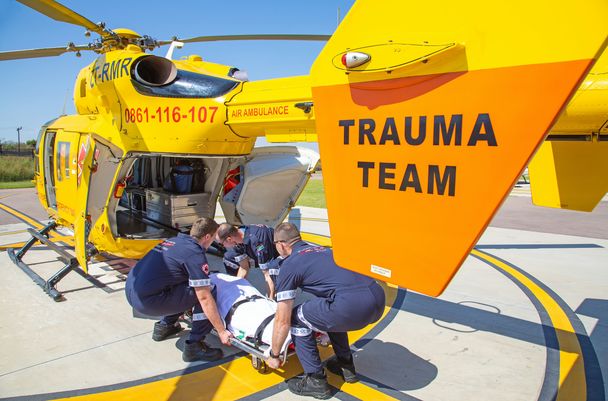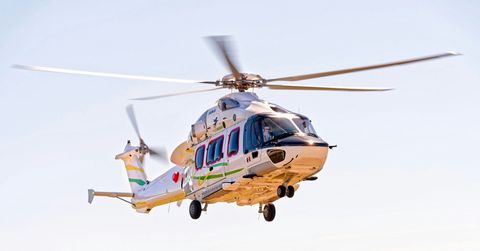Homegrown help for Airbus helicopter operators in Africa

“Our office in South Africa is made up of about 80 people,” explains Nam-Binh Hoang, Managing Director of Airbus in South Africa. Today there are around 500 helicopters flying in South Africa and most of them were made by Airbus. Over the past 30 years, our team has continuously worked on enhancing the support of the fleet of operators throughout the sub-Saharan African region.”
High-performance skill sets are definitely required to deliver in a region where the Airbus fleet performs a variety of operations from law enforcement, defence, mining, sightseeing tours, wildlife conservation and private business. The scope of operations is naturally reflected in the team’s activities, as Hoang explains: “We do helicopter sales, helicopter completion and maintenance, sales of spare parts, pilot training, technical support, CAMO services.”

Challenging altitudes
The African continent can be a demanding environment for both helicopters and crew alike. The heat is one thing but operators also have to deal with challenging altitudes in many African countries. For instance, Johannesburg (South Africa) has an altitude of 1,700 metres. Kenya also has some very high working environments. Fortunately, when conditions can’t get much hotter or higher, Airbus helicopters still deliver, with one model in particular beloved by local customers, proving itself time and time again — the H125. “I remember my first experience with an African customer was in Kenya,” notes Hoang. “They came straight up to me and told me ‘Your H125 works perfectly. It’s powerful and we can use it regardless of the conditions, wherever we need to operate. It keeps its performance in high and hot conditions. It’s an amazing helicopter.’”
While the H125 may be the region’s workhorse, Hoang predicts that it won’t be long before the five-bladed H145 makes an impact. “Landing on the Aconcagua in Latin America proved that this is also a helicopter which is well suited for high and hot environments,” explains Hoang. “The BK117 is popular in several countries and the five-bladed H145 is a natural evolution of this platform for operators replacing fleets or new players entering the market.”

Everyone needs good neighbours
Hoang believes that as an office dedicated to local customers, a key measure of the customer centre’s success is the positive impact operators receive from its activities. “We want to show that we can offer local support, from South Africa. Our approach is based on investing in what our customers need,” states Hoang. “For example, we are investing to have blade repair capability here in South Africa instead of having customers send their blades to France, Singapore or the US.” With global supply chain challenges ongoing, Airbus Helicopters in Africa invested in a stock collection, so that its proximity would reduce lead times for local operators receiving parts. Another initiative was to make maintenance kits available so that should operators decide to perform a 600/750-flight-hour inspection on their H125, they could order one line and get the whole maintenance kit, with the right quantity of parts.
For pilot training, a new virtual reality simulator — the first of its kind in Africa — will help pilots perfect their normal, emergency and special flight procedures whilst remaining safe on the ground. Hoang wants customers to expect increasing levels of quality service from his team and believes that proximity is vital to delivering on this promise: “We are not 10,000 km from their operations, we are their next-door neighbour, and they can find every service they need from here.”



